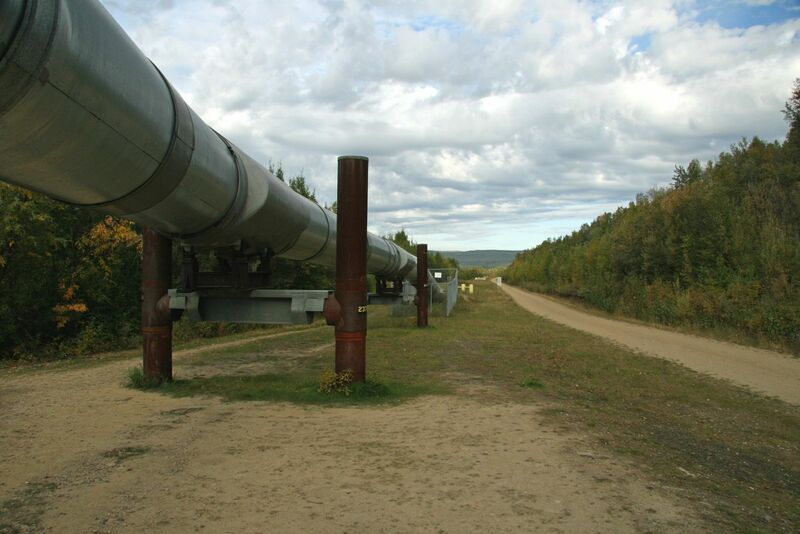
July WTI crude oil (CLN23) this morning is up +2.59 (+3.80%), and July RBOB gasoline (RBN23) is up +2.85 (+1.17%). July Nymex natural gas (NGN23) is down -0.104 (-4.59%).
Crude oil and gasoline prices this morning are sharply higher on strong economic data and a decline in the dollar index to a 1-week low. Also, the House passage of the debt ceiling deal sparked a rally in stocks and other risk assets such as crude. Crude prices shrugged off an unexpected increase in weekly EIA crude inventories.
July nat-gas this morning fell sharply to a 1-month low on an above-average build in weekly EIA nat-gas supplies. EIA nat-gas inventories rose by +110 bcf, above expectations of +107 bcf and above the five-year average for this time of year at +101 bcf. Also, the outlook for mild U.S. temperatures that will curb nat-gas demand from electricity providers to power air conditioning is bearish for prices. Forecaster Atmospheric G2 said mild temperatures are expected across most of the eastern and southern U.S. at least through mid-June.
Stronger-than-expected global economic news today eased energy demand concerns and was bullish for crude prices. The China May Caixin manufacturing PMI unexpectedly rose +1.4 to 50.9, stronger than expectations of no change at 49.5. Also, the U.S. May ADP employment change rose +278,000, stronger than expectations of +170,000. In addition, Japan's Q1 capital spending ex-software rose +10.0% y/y, stronger than expectations of +3.7% y/y and the biggest increase in 4-3/4 years.
Strength in U.S. gasoline demand is supportive for crude prices after the EIA reported that implied U.S. gasoline demand on a four-week average rose by +1.3% to 9.2 million bpd the week ended May 26, the highest in 1-1/2 years.
Reduced OPEC crude production is bullish for prices. OPEC May crude production fell -500,00 bpd to 28.26 million bpd, a 16-month low.
Weakness in the crude crack spread is bearish for crude prices. The crack spread today fell to a 2-1/2 week low, discouraging refiners from purchasing crude oil to refine into gasoline and distillates.
A bearish factor for crude was Russian Deputy Prime Minister Novak's comment last Thursday that he doesn't see any new steps from OPEC+ and the group will likely maintain current crude production levels when it meets later this week. Crude prices surged on April 3 after OPEC+ announced a surprise oil production cut of more than 1 million bpd starting May 1. Saudi Arabia said the cuts were a "precautionary measure aimed at supporting the stability of the oil market." OPEC Mar crude production fell by -80,000 bpd to 29.16 million bpd.
On the negative side, India's Apr crude imports fell -8.3% y/y to 19.8 MMT as processors curbed operating rates amid a drop in petroleum-product exports. India is the world's third-largest crude-consuming country in the world.
In a bullish factor, Vortexa reported Monday that the amount of crude stored on tankers that have been stationary for at least a week fell -0.5% w/w to 93.59 million bbl in the week ended May 26.
The ongoing halt of Iraqi crude exports from the Turkish port of Ceyhan is tightening global oil supplies and is bullish for crude prices. The Turkish government said it wants to negotiate a $1.5 billion settlement that it has been ordered to pay before allowing Iraqi crude exports to resume through its pipeline. Oil exports of 500,000 bpd from the Turkish port of Ceyhan have been halted since March 25 after Iraq won an arbitration case from the International Chamber of Commerce that said Turkey violated a 1973 pipeline transit agreement by allowing crude from the Kurdish region to be exported without Iraqi government consent.
Crude oil prices are being undercut by signs that Russia has not delivered on its threat to cut crude output. Tanker-tracking data from Bloomberg shows Russia's crude exports in the four weeks to May 21 were more than 480,000 bpd higher than during the four weeks to February 26 to nearly 4 million bpd. Crude shipments from Russian ports are +1.2 million bpd higher than at the end of 2022, with most of the crude going to India and China. Russia has halted the publication of crude and condensate production data in an attempt to disguise if it has actually cut crude output.
Today's weekly EIA report was mostly bearish for crude oil and products. EIA crude inventories unexpectedly rose +4.49 million bbl versus expectations of a -1.5 million bbl draw. Also, EIA gasoline supplies fell -207,000 bbl, a smaller decline than expectations of -1.1 million bbl. In addition, crude stockpiles at Cushing, the delivery point of WTI futures, rose +1.63 million bbl.
Today's EIA report showed that (1) U.S. crude oil inventories as of May 26 were -2.0% below the seasonal 5-year average, (2) gasoline inventories were -7.8% below the seasonal 5-year average, and (3) distillate inventories were -16.6% below the 5-year seasonal average. U.S. crude oil production in the week ended May 26 fell -0.8% w/w to 12.1 million bpd, only 0.9 million bpd (-6.9%) below the Feb-2020 record-high of 13.1 million bpd.
Baker Hughes reported last Friday that active U.S. oil rigs in the week ended May 26 fell by -5 to a 1-year low of 570 rigs, falling further below the 2-1/2 year high of 627 rigs posted on December 2. U.S. active oil rigs have more than tripled from the 17-year low of 172 rigs seen in Aug 2020, signaling an increase in U.S. crude oil production capacity.
On the date of publication, Rich Asplund did not have (either directly or indirectly) positions in any of the securities mentioned in this article. All information and data in this article is solely for informational purposes. For more information please view the Barchart Disclosure Policy here.






